I absolutely love this South African Bunny Chow recipe! This classic is just amazing. Born within Durban's vibrant Indian community, it features a loaf of bread hollowed out and generously stuffed with spicy curry. And despite its whimsical name, Bunny Chow has nothing to do with rabbits—it's actually a nod to the Indian merchant class, possibly derived from the term "bania." It's such a tasty way to experience the nation's diverse culinary heritage!
This Bunny Chow recipe is so, so good! It’s amazing to think it started as a practical meal for Indian laborers during the apartheid era. The genius of using a hollowed-out loaf of bread as a portable container, eliminating the need for utensils, is just brilliant.
Over time, Bunny Chow has become a beloved street food, cherished by everyone in South Africa. Trust me, once you try it, you’ll find it hard not to crave it all the time!
Ingredients in this recipe
I absolutely adore Bunny Chow! With its variety of fillings—beef, lamb, chicken, or vegetarian curries—all bursting with rich spices and simmered to perfection, it’s simply irresistible.
- White bread
- Beef or Lamb
- Onions
- Garlic
- Ginger
- Chopped tomatoes - can
- Potatoes
- Beef or Lamb broth
- Curry powder
- Ground cumin
- Ground coriander
- Turmeric powder
- Paprika
- Garam masala
- Fresh cilantro
- Plain yogurt
The way the bread soaks up those savoury juices, creating a fusion of textures and flavours, is just divine. Topped off with fresh cilantro and served with extra bread pieces on the side, this Bunny Chow recipe isn't just a meal; it's a culinary journey that embodies the vibrant mix of cultures and traditions that define South African cuisine.
Time-Saving Tips for Making this Bunny Chow recipe
- Use Pre-Cut Meat and Vegetables:
Purchase pre-cut beef or lamb chunks, as well as pre-chopped onions and potatoes, to save on prep time. - Ready-Made Curry Paste and canned tomatoes:
Substitute homemade spice mixes with a good quality ready-made curry paste. This can significantly cut down on the time needed to measure and mix spices. - Pressure Cooker or Instant Pot:
Use a pressure cooker or Instant Pot to reduce the cooking time. This can cook the meat to tender perfection in a fraction of the time compared to traditional simmering. - Batch Cooking:
Make a large batch of this South African bunny chow recipe and freeze portions for future use. Simply thaw and reheat when you’re ready to serve. - Use a Slow Cooker:
Prepare the curry in a slow cooker. Combine all ingredients in the morning and let it cook on low while you go about your day, ensuring a tender and flavourful curry by dinner time.
These tips can help streamline the preparation process, allowing you to enjoy a delicious Bunny Chow with less effort and time in the kitchen.
FAQs for this Recipe
While the traditional South African bunny chow recipe uses a loaf of white bread, you can experiment with whole wheat, sourdough, or even a bread bowl if you prefer. The key is to have a sturdy bread that can hold the curry without falling apart.
Absolutely! Substitute the beef or lamb with vegetables like cauliflower, chickpeas, or lentils. Use vegetable broth instead of beef or lamb broth and replace the yogurt with a dairy-free alternative if making it vegan.
Yes, the curry can be made a day ahead and reheated before serving. In fact, the flavours often deepen and improve after sitting overnight.
Make sure your bunny chow has a thick consistency, and don’t add too much liquid. Serve the curry immediately after spooning it into the bread bowls to prevent the bread from soaking up too much moisture.
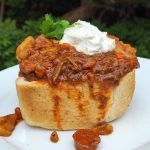
Bunny Chow recipe - Curry in a Bread Bowl
- Total Time: 2 hours 50 minutes
- Yield: 4 1x
Description
This South African classic is just amazing. Born within Durban's vibrant Indian community, it features a loaf of bread hollowed out and generously stuffed with spicy curry. And despite its whimsical name, Bunny Chow has nothing to do with rabbits—it's actually a nod to the Indian merchant class, possibly derived from the term "bania." It's such a tasty way to experience the nation's diverse culinary heritage!
Ingredients
- 1 loaf of white bread (unsliced)
- 500g beef or lamb (cut into chunks)
- 2 tablespoons vegetable oil
- 2 large onions (finely chopped)
- 4 cloves garlic (minced)
- 1 inch ginger (minced)
- 1 can of chopped tomatoes
- 2 potatoes (peeled and cubed)
- 1 cup beef or lamb broth
- 2 tablespoons curry powder
- 1 teaspoon ground cumin
- 1 teaspoon ground coriander
- ½ teaspoon turmeric powder
- ½ teaspoon paprika
- 1 teaspoon garam masala
- 1 teaspoon salt (adjust to taste)
- ½ teaspoon black pepper
- ¼ cup fresh cilantro (chopped, for garnish)
- 200ml plain yogurt
Instructions
Prepare the Bread:
- Cut the loaf of bread into quarters.
- Hollow out each quarter to create a bowl, keeping the removed bread pieces to serve alongside.
Cooking the Curry:
- Heat the vegetable oil in a large pot over medium heat.
- Add the chopped onions and sauté until golden brown.
- Add the minced garlic and ginger, and sauté for another 2 minutes until fragrant.
Spice Mix:
- Add the curry powder, ground cumin, ground coriander, turmeric powder, paprika, and garam masala to the pot.
- Stir well and cook the spices for about 1 minute to release their flavours.
Cooking the Meat:
- Add the beef or lamb chunks to the pot, stirring well to coat them with the spices.
- Cook until the meat is browned on all sides.
Adding Vegetables:
- Add the chopped tomatoes and cubed potatoes to the pot.
- Pour in the beef or lamb broth and stir to combine.
- Season with salt and black pepper
Simmering:
- Bring the mixture to a boil, then reduce the heat to low.
- Cover and let it simmer for about 1 to 2 hours, or until the meat is tender and the potatoes are cooked through.
- Stir occasionally and add more broth or water if needed to maintain a thick gravy consistency.
Serving:
- Spoon the curry into the hollowed-out bread quarters.
- Garnish with fresh cilantro and yogurt.
- Serve with the removed bread pieces to scoop up the curry.
- Prep Time: 20
- Cook Time: 150
- Category: Dinner
- Method: Slow cook
- Cuisine: South African


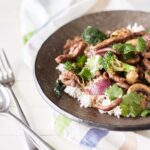
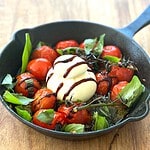


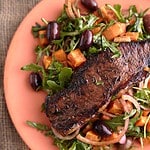

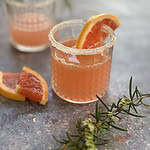
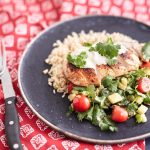

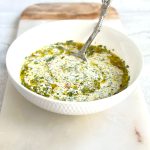
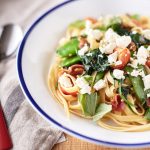
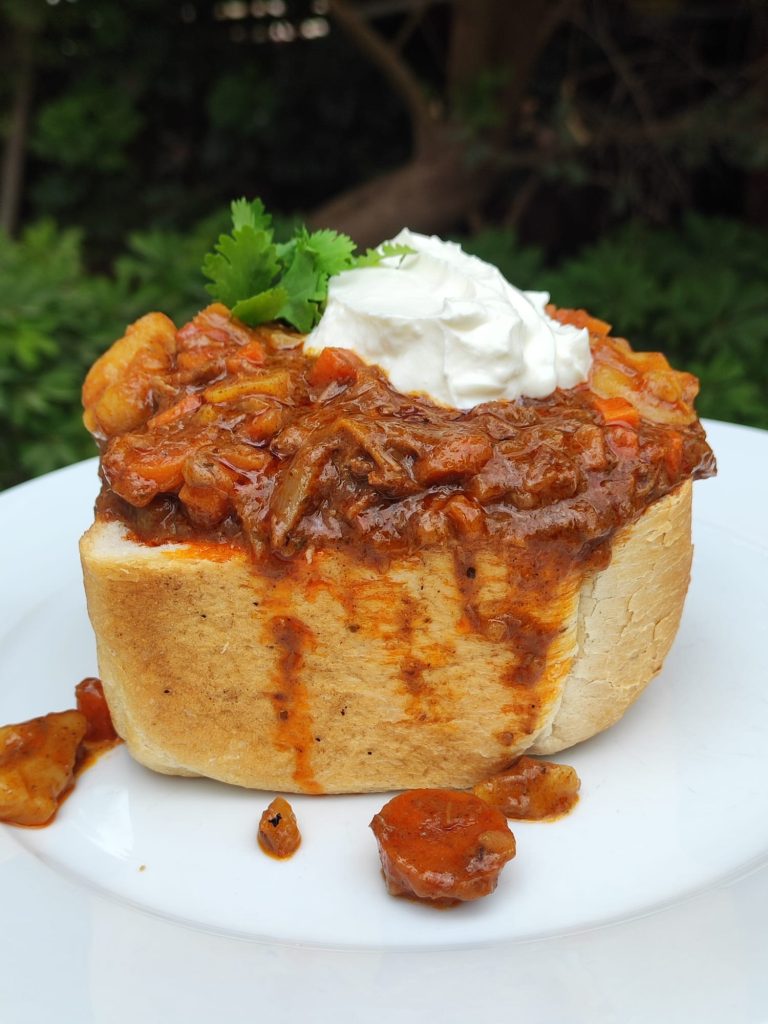

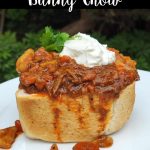
Leave a Reply